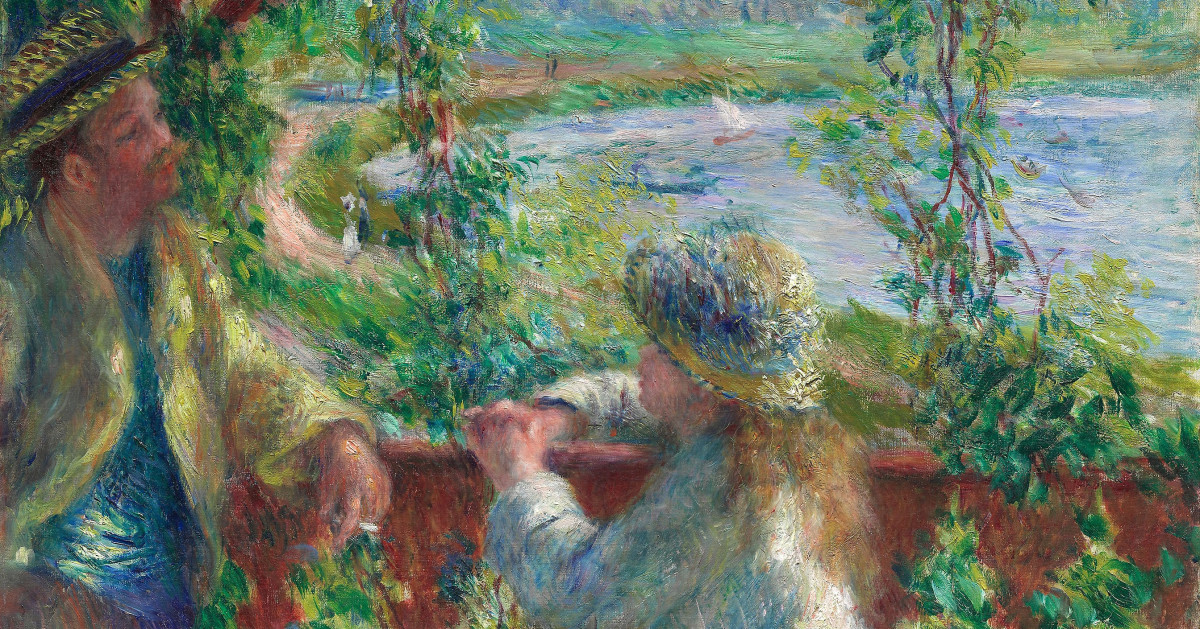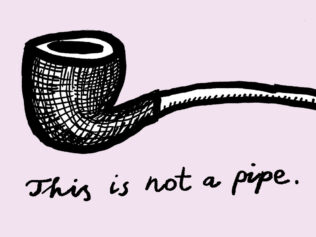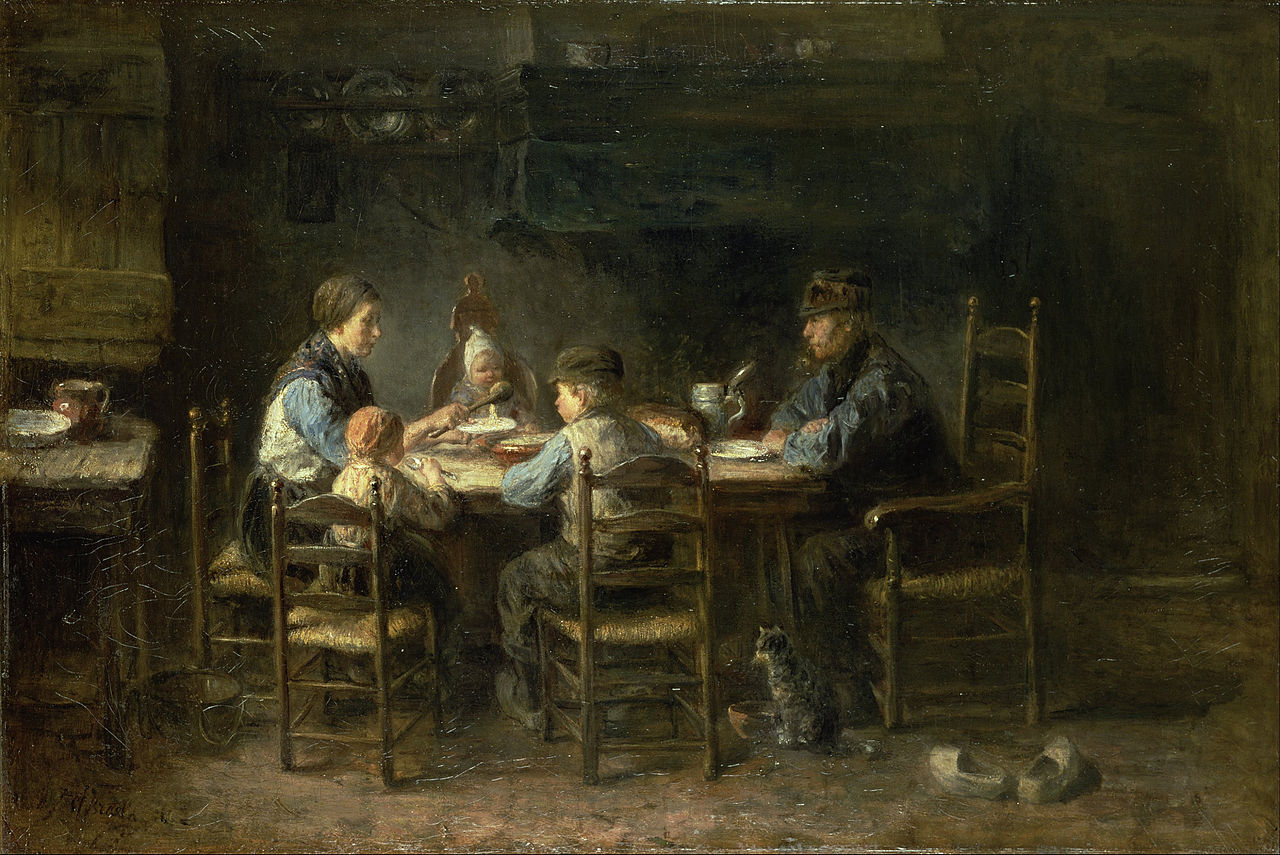
Sometimes getting to the heart of the problem is easier than we think.
It’s not easy to get to the heart of what’s troubling us at a given moment, because we’re very rarely able to be perceptive. First, you actually have to want to get to the heart, to start by asking yourself: “What’s happening with me right now?” Of course that seems banal, like most things written on the subject of mindfulness. But let’s not be discouraged by this simple exercise. We know that something has to be changed, and at a very basic level – though not all of us need complex philosophical-sociological analyses. And often it’s precisely the simple questions that can lead us to interesting and important conclusions. The kind that change our experience of reality.
When we go through something important, we often ask ourselves questions like: “Why is this happening?” Or: “Why did this happen to me?” We look for causes; we want to understand the reasons why something is happening. Or – wondering about the purpose of our current feelings – we ask: “For what?”
From the point of view of the practice of mindfulness, it can be recognized that questions about both causes and goals make no sense at all, because what’s important is what we’re living through here and now, as well as what our relationship is to what we happen to be going through. So there is no need to ask the question ‘Why?’, which suggests connotations from the past, e.g. “What did I do to make this happen?” “For what sins?” The question “What for?” also turns out to be inappropriate, as it refers to the future, e.g. “What am I supposed to learn from this?” “What is supposed to come from this?”
In fact, it’s worth learning to cut these questions off, because they’re an obstacle to being fully in the present. They lead us away from what we’re living through at a given moment. Only after a certain time is it necessary to go back and ask yourself both questions, consciously deciding on intellectual solutions, which are very important, though only a part of human experience. This, in turn, means that we must first allow ourselves to fully experience our emotions, to later be able to approach these deliberations calmly.
It’s also worth remembering that the evaluations that often go along with what we’re experiencing are related to the emotional sphere. If we criticize something or somebody, then – speaking as broadly as possible – we have a negative emotional relationship to that thing or that person. The same is true if the assessment is positive. If we want to consider certain facts, we shouldn’t evaluate them. This is usually difficult, as we have grown accustomed to mixing all of the spheres; we do it unconsciously, which causes even greater chaos.
Fortunately, everyone has the ability to perform such an analysis of the world around them at any moment of their life. As usually happens during learning processes, the beginnings may be difficult, but over time it’s increasingly easy, and those techniques remain with us. The specific steps are very simple:
1. Stop. (For example, sit down and pay attention to your breathing.)
2. Notice what you’re feeling, emotionally and physically. (What emotions are with you now? Name them if you can. Is it sadness, regret, excitement? What do you feel in your body – perhaps heat, pain, stiffness?)
3. Ask yourself what you’re thinking about. (What kind of thoughts? About what? Observe them as if looking in from the outside.)
This exercise alone will broaden your consciousness, even if you never return to it. By repeating it, we get closer to ourselves; we are able to better understand who we are, and in addition we reduce stress. We notice the side of a situation that we usually skip over. We become more present.
Don’t forget that reality is always more complicated than we think, which is why it’s worth taking into account as many of its aspects as possible. Each time we consider fewer than three possibilities, three solutions, three components of this reality – for example the physical, emotional and intellectual – we can be mistaken. Even though this is a banal observation, in practice this method turns out to be revolutionary.
Without mindfulness, we allow a stream of thoughts to linger in our heads, which often brings nothing – we drift on a wave of pressures and automatic reactions. Because of this, we give in to fear or other emotions that we’re not even aware of. Unconsciously, we return to the past and run into an uncertain future. In this way, life slips past us and we miss the opportunities it offers us.
![]()
Translated from the Polish by Nathaniel Espino









